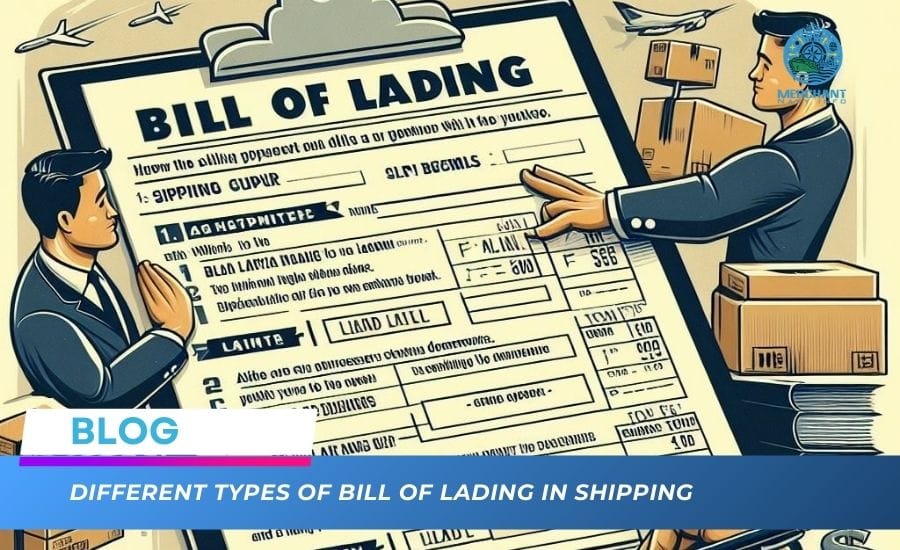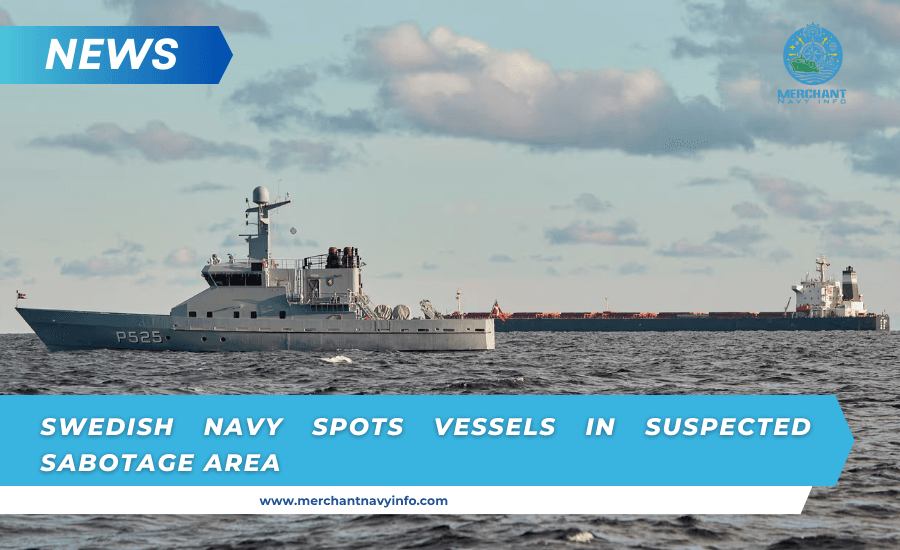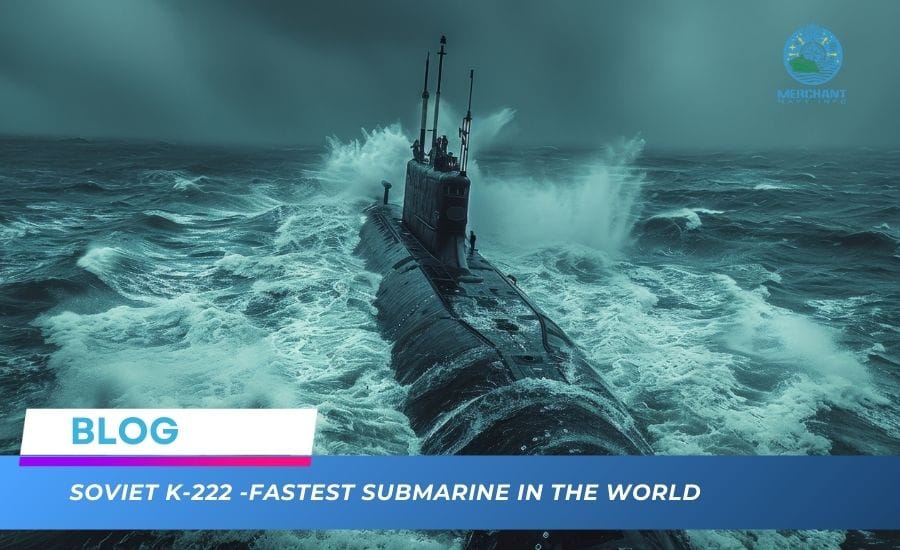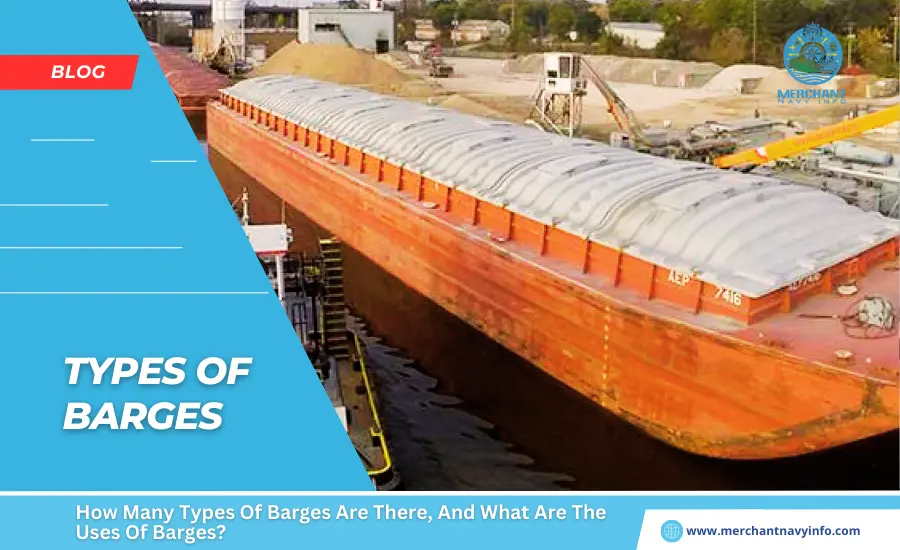
A type of ship used primarily for the transportation of cargo is called a “barge.” A barge vessel is not a ship or boat in itself but a floating vessel that is generally towed or hauled along with another vessel. A barge vessel has a flat-bottomed shape, like a raft. The main reason for this particular shape is for increased loading capacity, allowing more mass to be transported and reloaded.
Barge vessel Information
As mentioned earlier, a barge vessel is a type of ship used primarily for the transportation of cargo. But the most important thing about a barge vessel is that it is not a boat or ship in itself. It has to be towed through the water along with other warships. Barges are mostly used in small bodies of water such as rivers, lakes, and canals; however, they are commonly used in ports today.
While the use of barges is not new, marine barges have existed in the modern world since before the Industrial Revolution. Barges existed in the modern world shortly before the Industrial Revolution.Before the Industrial Revolution in Europe, barges were used as the primary means of transporting goods between places connected by small bodies of water.
However, after the Industrial Revolution and the invention of the steam engine and, with it, the invention of the railway, the demand for barges as a means of transporting goods began to decline due to speed limitations. Europe used the first barges to carry goods between places connected by small bodies of water. However, with the Industrial Revolution came the development of the steam engine and the railway, and the demand for barges as a means of transporting goods fell sharply. The speed of barges was also an important reason for their decline.But even in modern times, marine barges have been developed as important pieces of equipment
Types of Barges
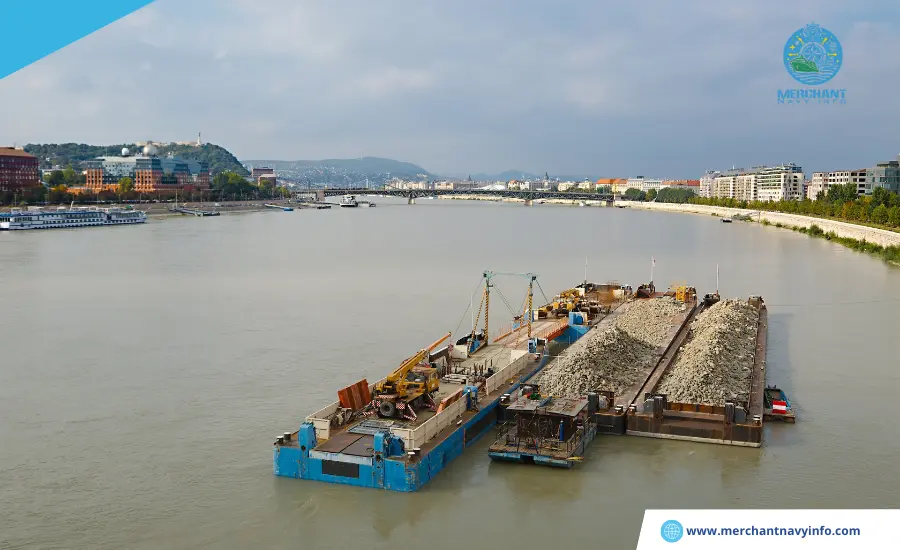
The different types of barges can be categorised as follows:
Barracks Barge
Barracks barges are also known as houseboats. Houseboats are very common in places like Cambodia, Northern India (Kashmir), Laos, Australia, and Canada. As the name suggests, these types of barges are primarily used for residential purposes and are very eye-catching when floating on rivers and lakes as stationary objects.
Dry Bulk Barge
These types of barges, as the name suggests, are used for transporting and carrying dry cargo. The dry cargo includes grain, sand, minerals like steel and coal, and other dry cargoes that can be transported through the barge vessel system.
Liquid Cargo Barges
This type of barge vessel is the exact opposite of a dry bulk barge. These barges are very useful for transporting petrochemicals, fertilisers, and other liquid chemicals that are used primarily in liquid state, which are important for industries.
Auto Float Barges
This type of marine barge vessel was primarily used for transporting rail carts in the early 20th century. Simply put, these rail carts attached to a barge vessel were like a set of portable rails that were transported from one place to another. Today, self-floating barges are still used in some parts of the United States.
Split Hopper Barges
This unique barge vessel is used for transporting dredged materials as it is equipped with suitable unloading tools. Split hopper barges are widely used in the shipbuilding industry as they can unload materials (soil, sand, dredged material, etc.) at construction sites. The barge vessel can be a self-propelled model with a hydraulic motor and cylinder unit for hull splitting. It has a hydraulically operated split hull for loading and unloading construction materials.
Other Inland Waterway Vessels
Apart from the above types of inland waterway vessels, there are some other types of inland waterway vessels such as: B. Powered vessels and Royal Barges.
Powered Barges
These are also mobile power stations.
Royal Barges
These are barges of occasions and serve as a platform for celebrating royal occasions. They are still in operation in countries where monarchy is still prevalent such as the UK.
Sizes and Loading Capacity of Barges
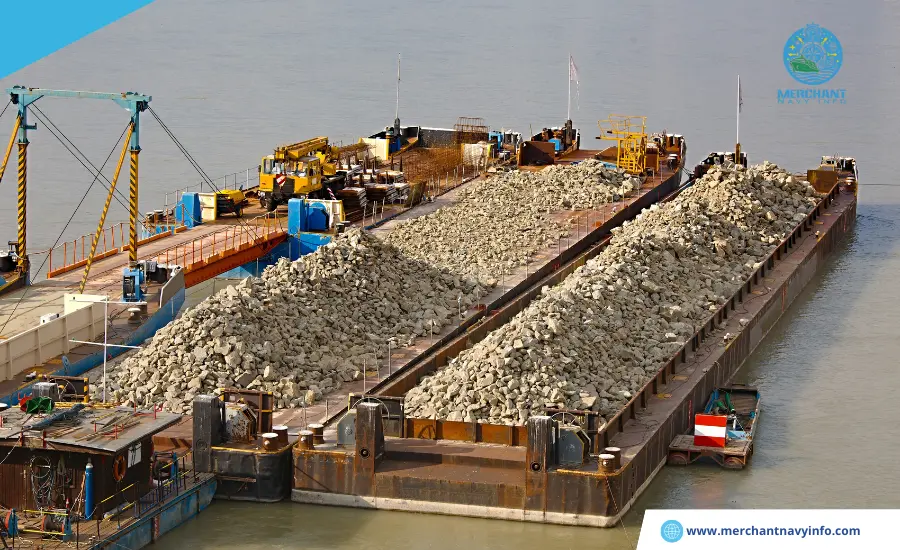
Barges or barges usually come in different sizes and can be used as per the transport needs. These barges are specified by their overall length in feet. B. 180 ft barge, 230 ft barge vessel etc. Different types of barges have different loading capacities, which depend on their overall length and the type of goods being transported.
Size 180 ft Barge
This barge vessel is the least preferred as it can carry up to 2000 tons of cargo. Its dimensions are: The overall length of the sidewall is 180 ft (52.67 m), with this 50 ft (15.24 m) and ramp door width is 5.00 m. Its deadweight is 1500 tons. The deck thickness is 5 tons per square metre.
Size 230 ft Barge
These are generally referred to as small to medium-sized barges and can carry up to 4000 tons of cargo. The size specifications are. Overall, the sideboard length is 230 ft (70 m), the deck load is 8.0 tonnes/m2 (uniformly distributed load), and the front sideboard is 2.44 m (8 ft).
Sizes of 270 ft Barges
Due to their size, 270 ft barges are commonly referred to as medium sized barges. They can transport 6,000 tonnes of cargo in one pass. The overall length of these barges is 82.3 metres or 270 feet, width and depth are 72 feet and 18 feet respectively. The deck can carry a load of 7 tonnes per square metre. The gross tonnage of a 270 ft barge vessel is about 2387 tonnes in Smit brackets.
Sizes 300 Foot Barge
This is the most commonly used barge. The reason this vessel is so widely used is that it can carry a huge amount of cargo, up to 8,000 tons in one trip, and has the largest loading capacity of any barge. The general size specifications for a 300-foot barge vessel are as follows: Overall length, 300 feet (91,440 m). Form width 27,432 m (90 ft). Form depth 6,096 m (20 ft). Deadweight: 9700 tons (at summer draft). Coverage area 2508 square metres. Deck load 25 tons/square metre (uniformly distributed load).
Uses of Barges
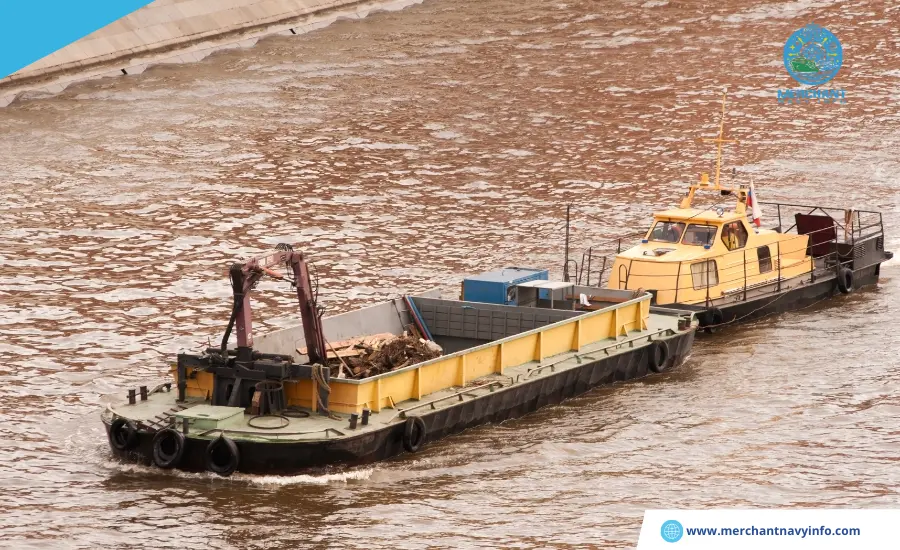
Barges, flat-bottomed cargo ships, are still used around the world. Below are some common uses for marine barges:
- The use of barges has decreased significantly but has not disappeared completely. Barges can successfully transport bulk cargo at lower transportation costs than other means of transport. Another main reason they are used is that they come in a variety of sizes (e.g., from small capacity of 1400 tons to large capacity of 2700 tons) and can be used depending on the needs of the goods being transported.
- Self-propelled barges can be used for travel in calm waters upstream or downstream. Self-propelled barges move under their own power and allow the transport of any type of cargo (dry or liquid).
- In most cases, a barge vessel is designed for a particular body of water and can only be used in that body of water throughout its life. However, if the barge vessel is to be used in another body of water with a higher flow or moved upstream, it can only be used after being properly towed or assisted by a tugboat.
- Royal barges can be used by the Royal Family to celebrate certain occasions. These barges are still owned by the British monarch and allow them to celebrate lavish events.
- Barges have been used successfully for the interstate transport of grain and coal. These barges provide significant savings in transportation costs that would be incurred using other means of transportation.
Difference Between Barges and Ships
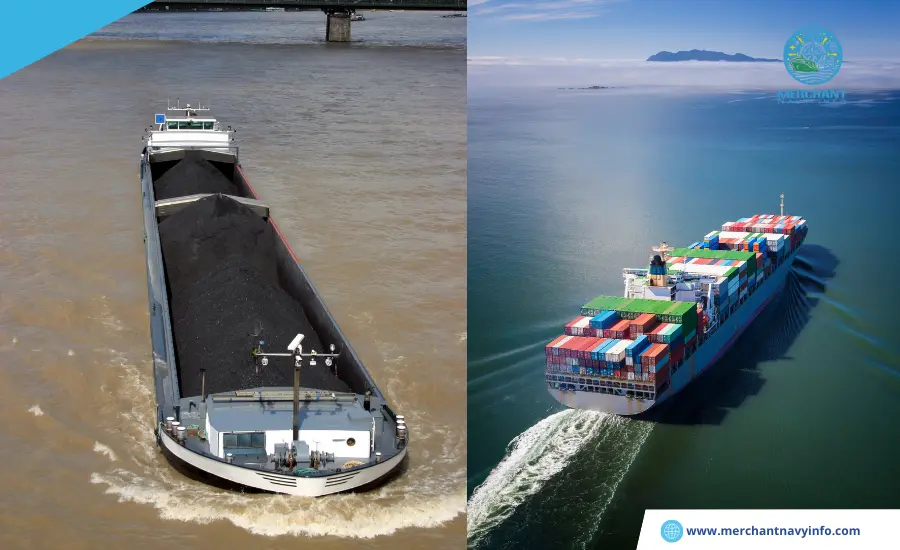
There is only one difference between a barge vessel and a ship: All barges can be ships, but not all ships are barges. The general differences between ships and barges are:
Definition
Any watercraft of any significant size is called a ship or boat. However, an inland waterway vessel is a type of vessel with a large, flat bottom that is generally used to transport goods on inland waterways.
Route
Ships travel on both inland and international waterways, but barges are usually only found on inland waterways. Inland waterway vessels are generally used to transport goods on rivers, canals, streams, and estuaries. Barges are rarely seen at sea, but ships can be found in all kinds of waters. Ex: Oceans, seas, rivers, canals, estuaries, streams, etc.
Transportation
Ships are used to transport goods as well as people; hence, they act as multipurpose ships, whereas barges are ships used only to transport goods.
Propulsion
ships have their own propulsion system, whereas barges are powered by a tug that they are towed by.
Uses
Barges are used both at sea and in port to transport materials to ferries or other goods. On the other hand, ships are multipurpose vessels and can be used for various purposes, such as B. Ships can be used for international and domestic trade. Cruise ships can be used for vacation trips, and some ships are used for recreational work.
Pilotage
A ship is a self-propelled floating object. Hence, moving and manoeuvring a ship is comparatively easier compared to a barge. This is because a barge vessel is towed by a ship, so it is more difficult to control a vehicle with a trailer than a vehicle alone. From these differences, we can conclude that a barge vessel is a flat-bottomed longship used for transporting goods, whereas a ship is any personal watercraft used for transporting people and goods. Barges have a very important application in marine engineering. With the help of marine barges, the problems of cargo transportation can be significantly reduced. The problem of choice is also solved, since there are many variations of the device. Depending on your needs and requirements, you can use the most suitable ship as an effective means of cargo transportation and ensure the complete safety of the goods and items transported.




